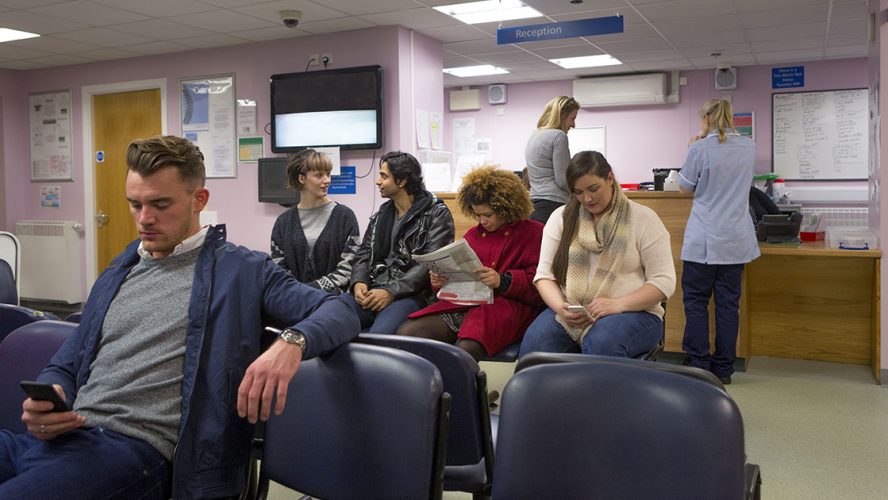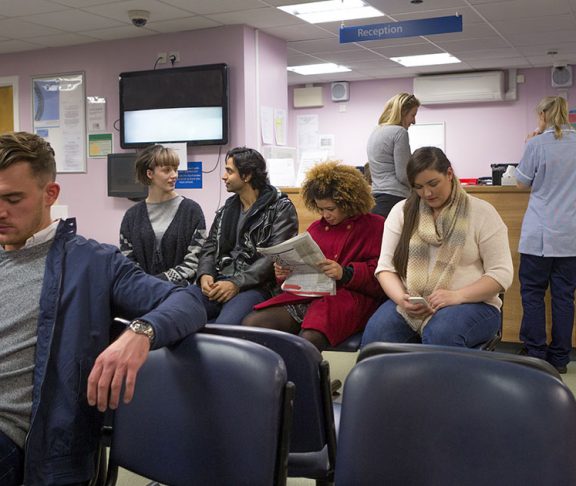Which heart failure patient is most likely to need hospitalization? Which person with diabetes is most likely to develop chronic kidney disease? These are the types of questions that predictive analytics in health care can answer.
In a typical year, just 20 percent of Americans consume 80 percent of all health care resources. Most of these patients have one or more chronic diseases which require them to use more health care services. Predictive analytics use the information in modern electronic health records to identify these potential high utilizers earlier, so that medical groups can intervene proactively. When health care organizations know which patients to focus on, they can often prevent the deterioration that would otherwise lead to a hospital admission or another adverse event.
By identifying patients at high risk earlier using predictive analytics, and intervening earlier and more proactively, outcomes are improved. And the cost of care is reduced, because preventing hospitalizations not only avoids pain and suffering, it saves money as well.
Managing patient risk
Predictive analytics allow organizations to stratify their patients by the risk of future health problems. Large amounts of private health care data from patient electronic health records and insurance claims — diagnoses, utilization of health care services, lab results, medications and more — are gathered, then mapped and normalized to make them comparable with data from millions of other patients. This “big data” runs through a digital algorithm which churns out the statistical probability of the patient with heart failure being hospitalized in the next year, or the person with diabetes developing kidney disease. Early identification of high-risk patients makes it possible, in many cases, to prevent hospitalization or slow the progression of disease.
Increasingly within health care systems around the country, people who are identified as being at highest risk of hospitalization or development of a serious disease are proactively monitored and engage in more frequent communication with their health care team. Mercy, a four-state health system headquartered in St. Louis, Missouri, began investing in virtual care in 2006. The $300 million, decade-long journey culminated with board approval for a $54 million virtual care center, in an effort to advance virtual care to the next level. Mercy Virtual now monitors the highest risk patients remotely, using the most current technology. By using remote monitoring technology coupled with predictive analytics, Mercy is able to spot problems early and intervene before they escalate.
For example, “Walter” (not his real name) has heart failure, a serious disease that requires careful medication management and often results in emergency room visits and hospitalization. Walter lives 100 miles away from any medical facility. Mercy’s predictive analytics identified Walter as a patient who needed extra attention. Then Mercy Virtual’s technology spotted the early warning signs of Walter’s impending heart failure crisis. Mercy interceded with Walter at home, preventing him from having an emergency hospitalization.
Overseeing the process
As beneficial as the technology is, the human element is still important. Randy Moore, M.D., president of Mercy Virtual, advises, “Technology alone won’t do it. Technology is only 15 percent of the solution. The other 85 percent is how you change the entire care process to use the technology.”
Moore explained how Mercy’s new technology has “disrupted” its former care processes. “Incorporating digital technology like we have at Mercy Virtual changes everything. We went back to the drawing board on many care processes that had been working well for a long time. They became even better with this real-time remote monitoring data, but it took a lot of work,” Moore states.
Reimbursement from insurance plans to health care providers like Mercy does not completely cover investments in predictive analytics or high-tech remote patient monitoring. However, as our health care system moves from paying for the volume of services to reimbursing for the value of outcomes, this is likely to change. Data analysis will profoundly change the way we practice health care as more providers and payers witness the power of predictive analytics to improve the lives of patients.

